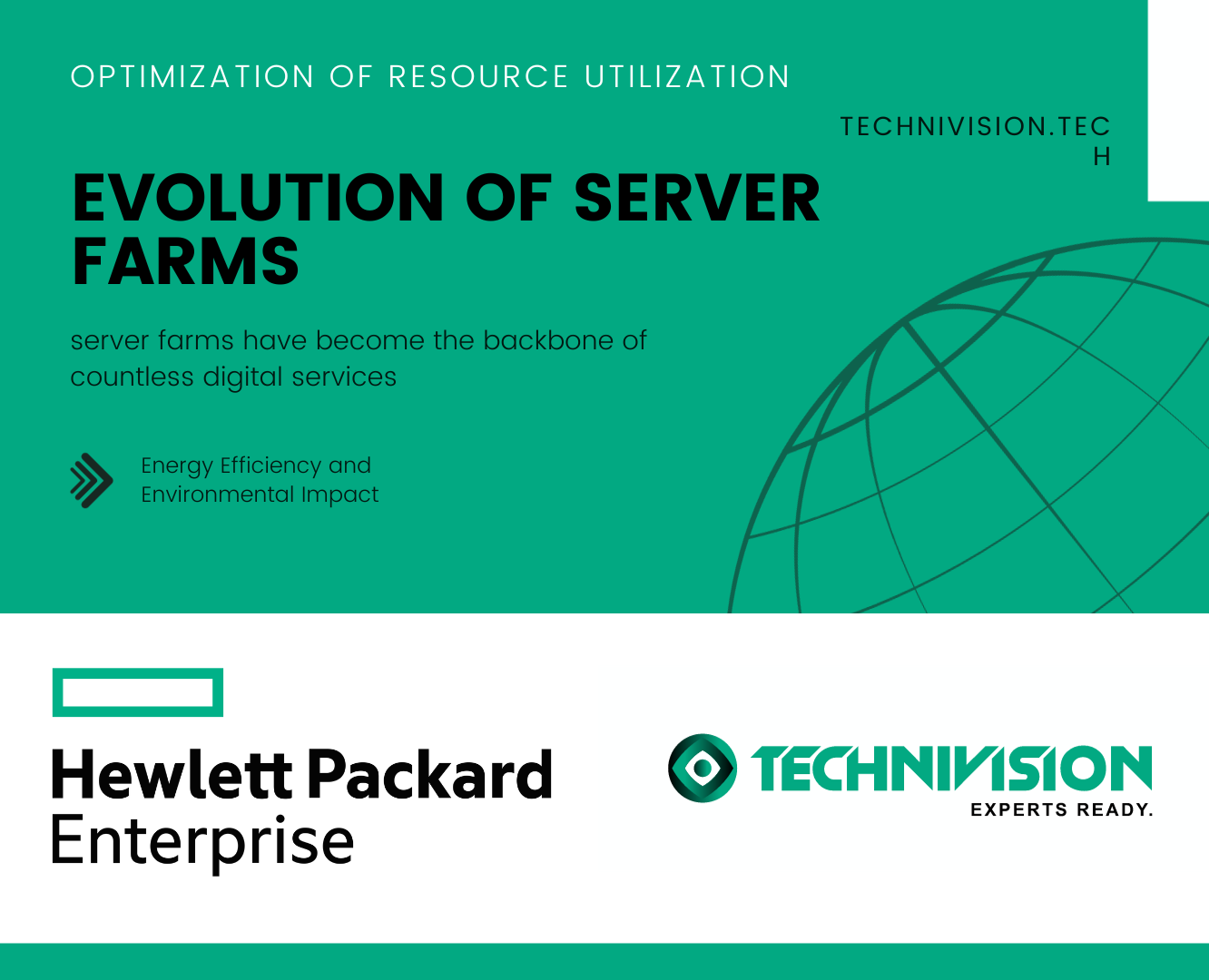The Pivotal Role of Virtualization in Optimizing Server Farms

The Pivotal Role of Virtualization in Optimizing Server Farms
In the ever-evolving landscape of information technology, server farms have become the backbone of countless digital services, applications, and websites. As the demand for scalable and efficient data processing continues to surge, the role of virtualization in server farms has become increasingly crucial. This article explores the significance of virtualization and its key contributions to enhancing the performance, flexibility, and manageability of server farms.
Introduction: The Evolution of Server Farms
Server farms, also known as data centers, house a multitude of servers that work together to process and deliver data. These facilities are fundamental to the functioning of various online services, from social media platforms to e-commerce websites. However, as the digital landscape expands, traditional server architectures face challenges in terms of resource utilization, scalability, and overall efficiency.
The Essence of Virtualization
Virtualization is a technology that allows the creation of virtual instances of computing resources, such as servers, storage, and networks, within a single physical hardware system. By decoupling the software from the underlying hardware, virtualization enables more efficient use of resources and facilitates the dynamic allocation of computing power. In the context of server farms, virtualization plays a transformative role in addressing key operational challenges.
Optimizing Resource Utilization
One of the primary benefits of virtualization in server farms is the optimization of resource utilization. In traditional server setups, each physical server is dedicated to a specific task or application. This can result in underutilized resources, as the demand for computing power fluctuates throughout the day. Virtualization allows multiple virtual machines (VMs) to run on a single physical server, ensuring that resources are allocated dynamically based on the workload. This leads to higher overall utilization and cost efficiency.
Enhanced Flexibility and Scalability
Virtualization provides server farms with the flexibility to adapt to changing workloads and scalability requirements. In a virtualized environment, administrators can easily create, deploy, and manage virtual machines, allowing for rapid provisioning of resources. This agility is especially crucial in dynamic and fast-paced industries where the demand for computing resources can vary significantly. Virtualization enables server farms to scale up or down quickly, ensuring that they can meet the demands of users without overprovisioning hardware.

Improved Server Consolidation
Server consolidation is a key strategy in optimizing the efficiency of server farms. Virtualization enables the consolidation of multiple physical servers onto a smaller number of more powerful servers. This not only reduces the physical footprint of the data center but also contributes to energy savings and lower operational costs. By leveraging virtualization, server farms can achieve higher consolidation ratios without sacrificing performance, leading to a more streamlined and efficient infrastructure.
Dynamic Workload Management
Virtualization empowers server farms with dynamic workload management capabilities. As workloads fluctuate, virtual machines can be migrated across physical servers to ensure optimal resource utilization. This flexibility allows administrators to balance the load efficiently, prevent resource bottlenecks, and enhance overall system performance. Dynamic workload management is particularly valuable in scenarios where the demand for computing resources is unpredictable or varies over time.
Isolation and Security
Security is a paramount concern in server farms, given the sensitive nature of the data they handle. Virtualization enhances security by providing isolation between virtual machines. Each VM operates independently, with its own dedicated resources, reducing the risk of security breaches. In the event of a security incident in one VM, others remain unaffected. This isolation ensures a more robust and resilient security posture for server farms, a critical aspect in safeguarding the integrity of digital services.
Simplified Management and Maintenance
The management of a large number of physical servers can be a complex and resource-intensive task. Virtualization simplifies server farm management by centralizing control through hypervisors or virtualization platforms. Administrators can monitor, configure, and update virtual machines from a single interface, streamlining routine tasks and reducing the risk of errors. Additionally, virtualization facilitates backup, migration, and recovery processes, making maintenance activities more efficient and less disruptive.
Energy Efficiency and Environmental Impact
The environmental impact of data centers has become a significant concern in recent years. Virtualization contributes to energy efficiency by allowing server farms to operate at higher utilization rates, reducing the need for idle servers. Furthermore, server consolidation leads to a reduction in the number of physical servers, resulting in lower energy consumption and a smaller carbon footprint. As sustainability becomes a key focus for organizations, the role of virtualization in minimizing environmental impact cannot be overstated.
Conclusion: The Future of Virtualized Server Farms
In conclusion, virtualization stands as a linchpin in the evolution of server farms, transforming the way computing resources are provisioned, managed, and utilized. As the digital landscape continues to evolve, the demand for scalable, flexible, and efficient server infrastructures will persist. Virtualization not only addresses current challenges but also paves the way for future innovations in cloud computing, edge computing, and beyond.
The role of virtualization in server farms is multi-faceted, encompassing resource optimization, flexibility, security, and environmental sustainability. Embracing virtualization is not just a technological choice; it is a strategic imperative for organizations seeking to stay competitive and resilient in the ever-changing world of IT.
As we look to the future, the integration of emerging technologies, such as containerization and software-defined networking, will further amplify the impact of virtualization in shaping the server farms of tomorrow. The journey towards a more efficient, dynamic, and sustainable digital infrastructure is intricately tied to the continued advancement and adoption of virtualization technologies.







